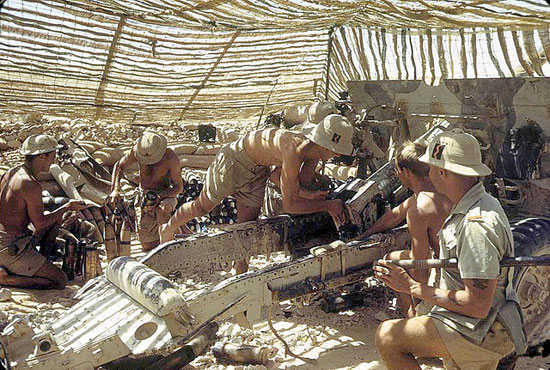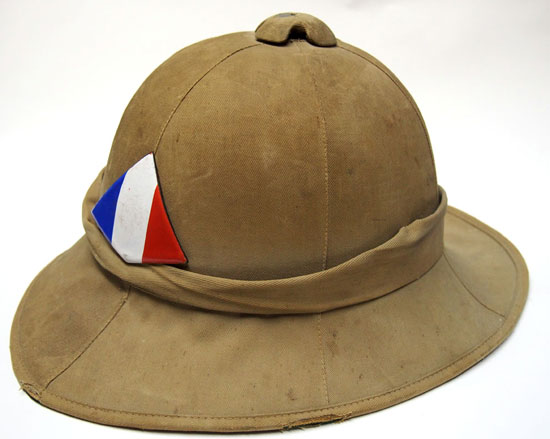 Neck flaps or neck curtains to be attached on a sun helmet are much rarer to find than any kind of helmet itself. No wonder one tries to get hold on any flap that comes along. Like the one that is the subject of this article. Now, this example but turned out to be something completely different, than a piece of military equipment. But – nevertheless – it is interesting to learn more about it. Continue reading
Neck flaps or neck curtains to be attached on a sun helmet are much rarer to find than any kind of helmet itself. No wonder one tries to get hold on any flap that comes along. Like the one that is the subject of this article. Now, this example but turned out to be something completely different, than a piece of military equipment. But – nevertheless – it is interesting to learn more about it. Continue reading
Category Archives: Africa
West Indian Soldiers in the Great War
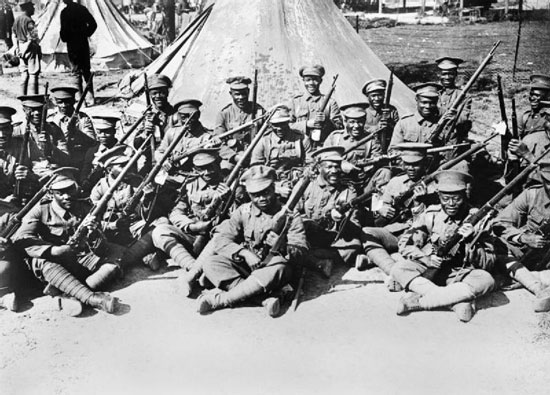
Soldiers of the British West Indies Regiment on the Albert to Amiens Road, September 1916
The West India Committee, one of the leading British-Caribbean charities operating in the UK, has strived to recognize the contribution made by Caribbean soldiers to the Allied effort during the First World War. Continue reading
The Dutch-South African Helmet Connection
For years there has been an argument over the so-called “Polo” style helmet that was captured by German forces and used in the early stages of the campaign in North Africa. This writer actually tried to debunk that these were captured “Dutch” helmets, after a number of sources over the years suggested otherwise.
My argument had been that the Dutch had no African colonies so how could the German military have captured helmets intended for the Dutch Army? Continue reading
The Afghanka Hat: The Soviet’s Tropical Headgear
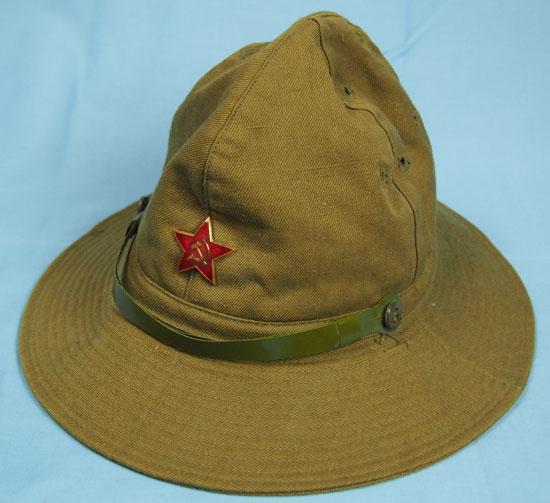
An early 1980s Soviet Afghanka cap of the type used during the summer months in the Soviet Union and by Soviet forces in Afghanistan (Collection of the Author)
While Imperial Russia and later the Soviet Union controlled vast territory, in each case it was truly an empire without far off colonies – apart from some brief adventures during the Imperial era and the Soviet’s proxy wars of course. However, the Soviets did utilize a number of summer uniforms including light weight khaki colored tunics and other clothing. Yet it wasn’t until the 1980s that a true form of “summer headgear” was developed.
This was the Afghanka hat – a type of boonie hat – that was utilized by the Red Army following the 1979 Invasion of the Soviet Union. The hat was developed with the other Afghanka uniforms and equipment, which was needed as the rugged countryside of the Central Asian nation was known for its extreme hot daytime temperatures in the summer and its equally bitter cold nights in the winter months. The boonie hat was developed to keep the rays of the sun off the wearer’s head and out of his eyes. Continue reading
A Famous Goggle Type
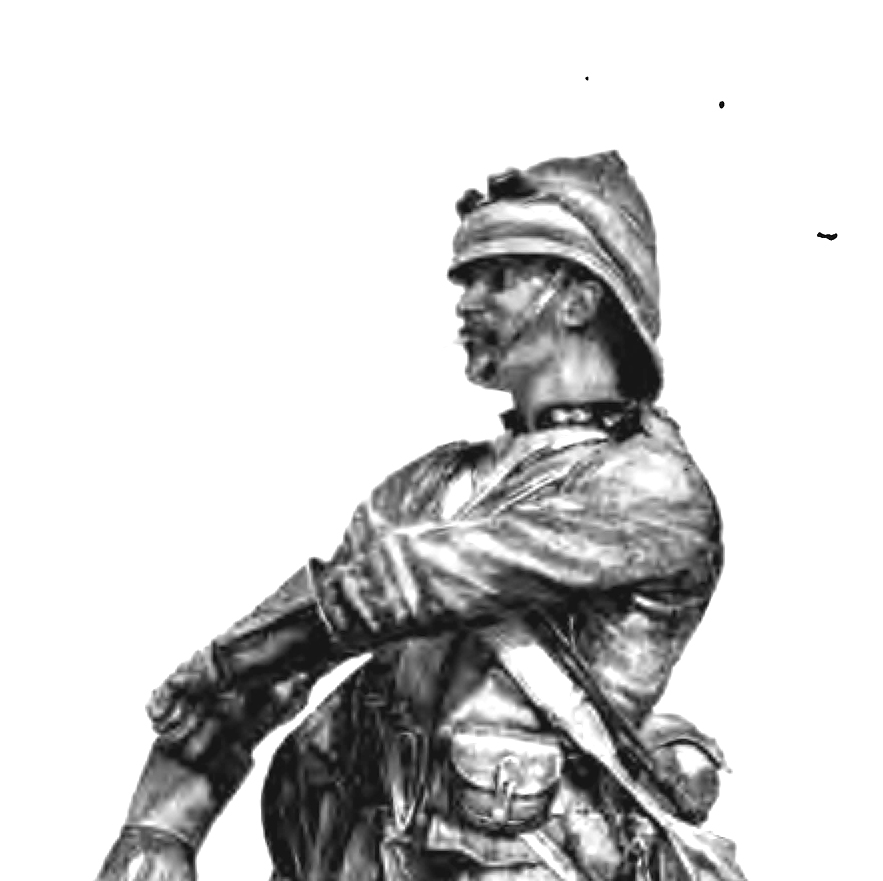 Goggles have been used at least since the American Civil War by Artillerymen and then Railway Engineers. Garnet Wolseley was an observer during that conflict and may have been instrumental in their introduction into the British Army for the Sudan campaigns of 1882-1885. However this article is concerned with “The Newbold Type” used by the British, Americans, Japanese and others. Continue reading
Goggles have been used at least since the American Civil War by Artillerymen and then Railway Engineers. Garnet Wolseley was an observer during that conflict and may have been instrumental in their introduction into the British Army for the Sudan campaigns of 1882-1885. However this article is concerned with “The Newbold Type” used by the British, Americans, Japanese and others. Continue reading
Free French Sun Helmets
In May 1940 the German Army invaded France and six weeks later Paris fell. An armistice was signed between France and Germany, but Charles de Gaulle quickly formed a government-in-exile and created the Free French Forces.
One of the principal units raised was the 1st Free French Division, which was first organized under British sponsorship as the 1st Free French Light Division in May 1941 near Tel Aviv. This unit was issued British equipment including sun helmets – and it engaged Vichy authorities in the Levant (modern day Lebanon and Syria). Units of the division continued to serve with Allied Forces and fought at Bir Hakeim and El Alamein. Continue reading
Tropical Disease and the History of Military Head Nets
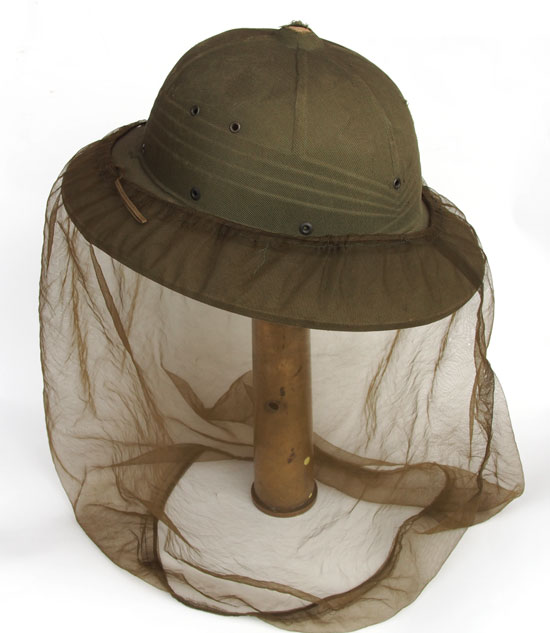
An American Army tropical “Pressed Fiber” helmet and mosquito net from the Vietnam War era of the late 1960s (Author’s Collection)
The military sun helmet was introduced to save lives, not from bullets or even spears but from quite literally from the sun. The European soldiers – first the British but later the French, Belgian, Spanish, Portuguese and Germans – fell victim to sun stroke and heat stroke in their respective newly obtained colonies. The sun helmet offered protection from the sun and along with better tropical clothing likely helped save countless lives beginning in the second half of the 19th century.
The other problem facing soldiers as well as diplomats, colonists and workers was tropical disease. Among the most deadly was yellow fever. Even today in many tropical regions – especially Africa and South America – yellow fever continues to be a major problem. Today nearly a billion people live in an area of the world where the disease is common. Yellow fever originated in Africa but spread to South America through the slave trade in the 17th century, and since that time there have been major outbreaks in the Americas, Africa and even Europe. Continue reading

